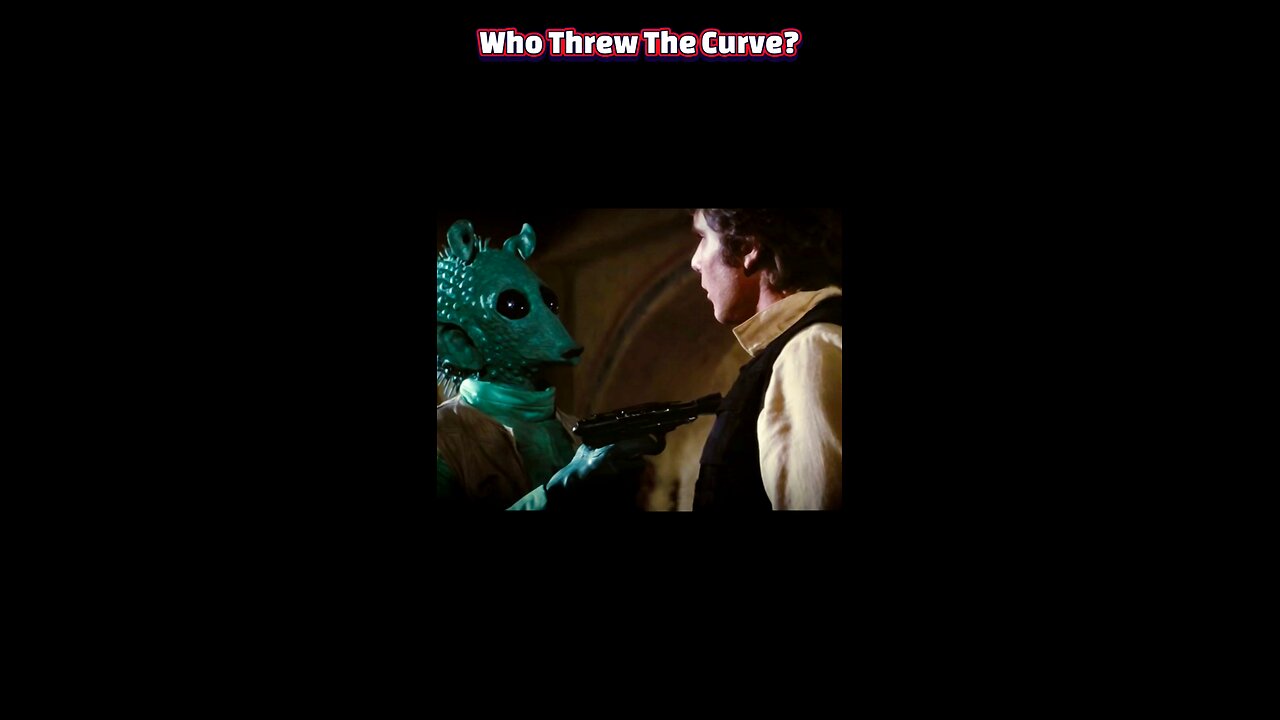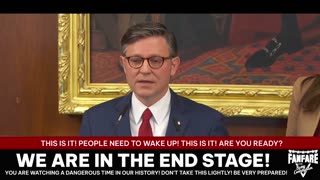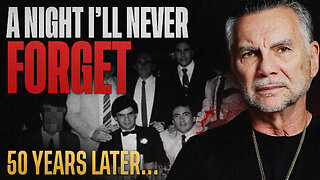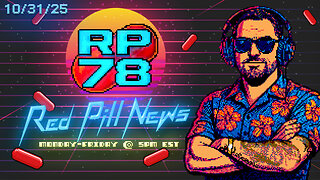Premium Only Content

Who Shot First? Star Wars, Special Editions, and the Battle for Canon
#StarWarsDebate #HanShotFirst #SpecialEditionSaga #FilmPreservation #GeorgeLucas #PopCultureCanon #RetroCinema #SciFiControversy #AnakinSkywalker #ForceGhostSwap
The Special Editions and later alterations to the original Star Wars trilogy are more than fan controversy; they are a test case for how cultural texts evolve under the control of their creators. Changes like the Greedo/Han scene and Anakin Skywalker’s Force ghost rewrite the visible record of a work, altering character perception, narrative tone, and the shared memories that fans treat as authoritative. These revisions force a confrontation between an author’s continuing creative authority and the public’s stake in cultural preservation.
Greedo and Han Solo’s moral arc
The adjustment that makes Greedo shoot at Han before Han returns fire reframes Han from a morally ambiguous scoundrel who acts first into a purely reactive figure who kills only in self-defense. That single moment shifts character interpretation across decades of fandom, merchandise, and critical analysis. The alteration is an exercise in narrative re-coding: the same footage, slightly edited, becomes evidence for a different ethical reading of a protagonist, demonstrating how small editorial choices produce large changes in character legibility.
Anakin’s Force ghost and authorial intent
Replacing the original Force ghost with Hayden Christensen repositions the saga’s closure around a different image of atonement and continuity. The ghost is a symbolic endpoint that validates Anakin’s redemption, and changing that visual endorsement reasserts the creator’s desire to unify disparate trilogical voices. This swap reveals an authorial impulse to retroactively harmonize a franchise’s aesthetic and emotional logic, privileging a single creator’s later vision over the historical heterogeneity of the text.
Authorship and collective ownership
These retroactive edits challenge simplistic models of sole authorship by exposing how authors exercise evolving authority across time and media. When a creator revises a released work, authorship becomes temporal and iterative rather than fixed at publication. Fans, critics, and archivists resist erasure because cultural works function as communal memory; ownership extends beyond legal copyright into practices of reception, citation, and ritual playback. The tug-of-war that follows each edit exposes authorship as a negotiation between creator sovereignty and public custodianship.
Preservation and cultural consequence
Preserving film history requires attending to both original releases and later versions as distinct artifacts with their own meanings. Archivally, the ideal is to document every iteration so scholars and audiences can trace how interpretive possibilities shift with each change. Politically and aesthetically, accepting perpetual revision risks erasing the conditions under which earlier viewers formed attachments. Treating the Special Editions and later changes as layered palimpsests acknowledges Martin’s and Lucas’s prerogatives while protecting the plurality of readings that make cultural works durable.
-
 13:54
13:54
Degenerate Jay
16 hours ago $1.15 earned5 Best Superhero Movies To Watch On Halloween
22.9K5 -
 59:03
59:03
NAG Podcast
9 hours agoSarah Fields: BOLDTALK W/Angela Belcamino
39.4K9 -
 1:21:41
1:21:41
Glenn Greenwald
12 hours agoGlenn Takes Your Questions: On the Argentina Bailout, Money in Politics, and More; Plus: Journalist Jasper Nathaniel on Brutality and Settler Attacks in the West Bank | SYSTEM UPDATE #541
92K47 -
 3:10:08
3:10:08
Barry Cunningham
9 hours agoPRESIDENT TRUMP TO USE NUCLEAR OPTION? FOOD STAMPS END! | SHUTDOWN DAY 31
55.6K45 -
 1:06:56
1:06:56
BonginoReport
17 hours agoThe Battle Between Good & Evil w/ Demonologist Rick Hansen - Hayley Caronia (Ep.168)
105K39 -
 1:12:57
1:12:57
Kim Iversen
11 hours agoBill Gates Suddenly Says “Don’t Worry About Climate Change”?
94.1K68 -
 1:05:12
1:05:12
Michael Franzese
11 hours agoI Waited 50 Years to Tell You What Happened on Halloween 1975
47.6K20 -
 1:07:15
1:07:15
Candace Show Podcast
12 hours agoINFILTRATION: Charlie Kirk Was Being Tracked For Years. | Candace Ep 256
97.6K416 -
 9:17:19
9:17:19
Rallied
11 hours ago $4.26 earnedWarzone Solo Challenges then RedSec Domination
44K8 -
 2:34:30
2:34:30
Red Pill News
13 hours agoBoomerang Time - DOJ Investigating BLM Fraud on Red Pill News Live
75.5K18